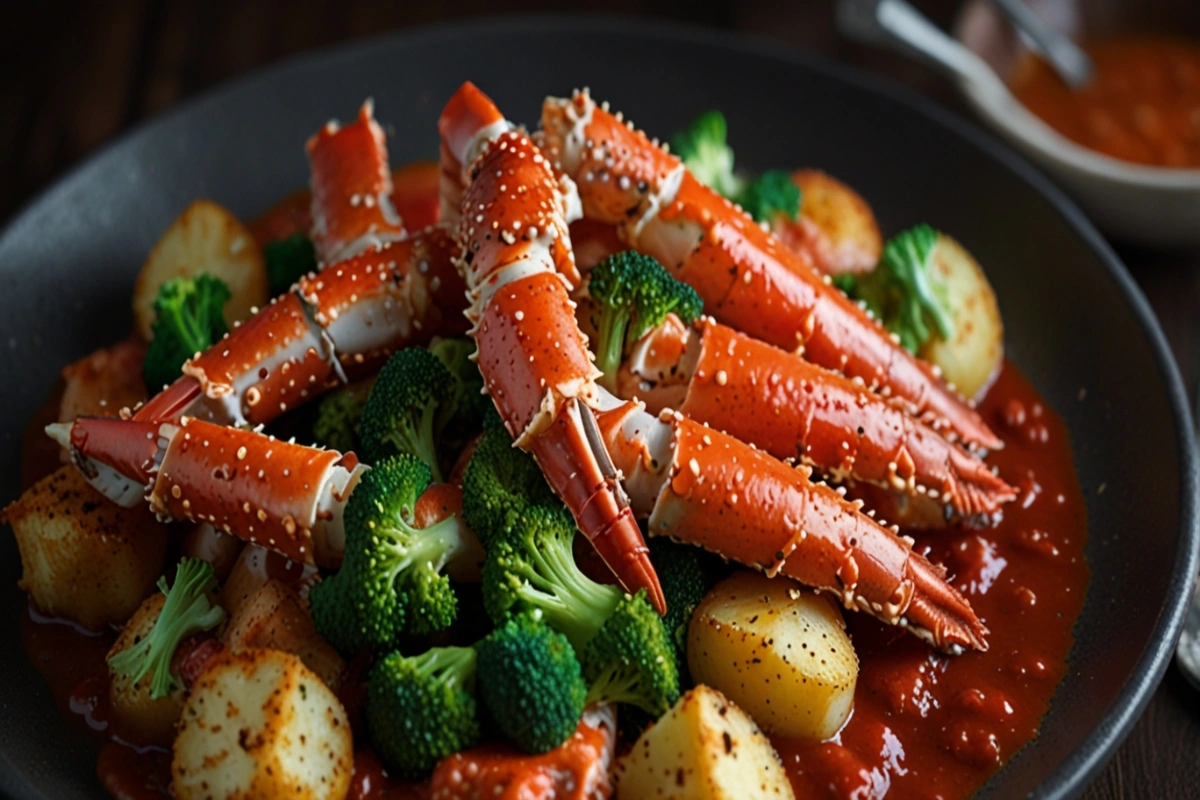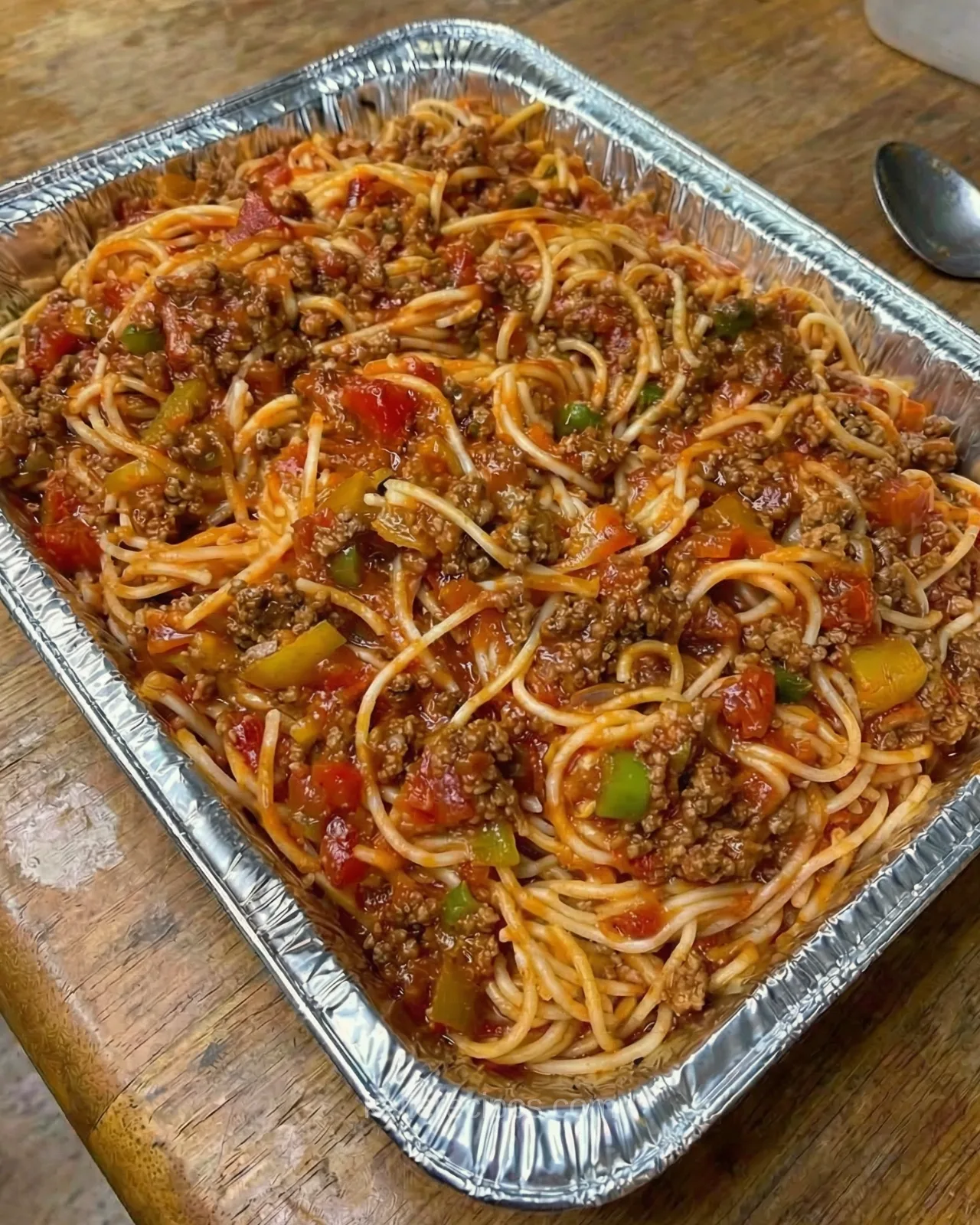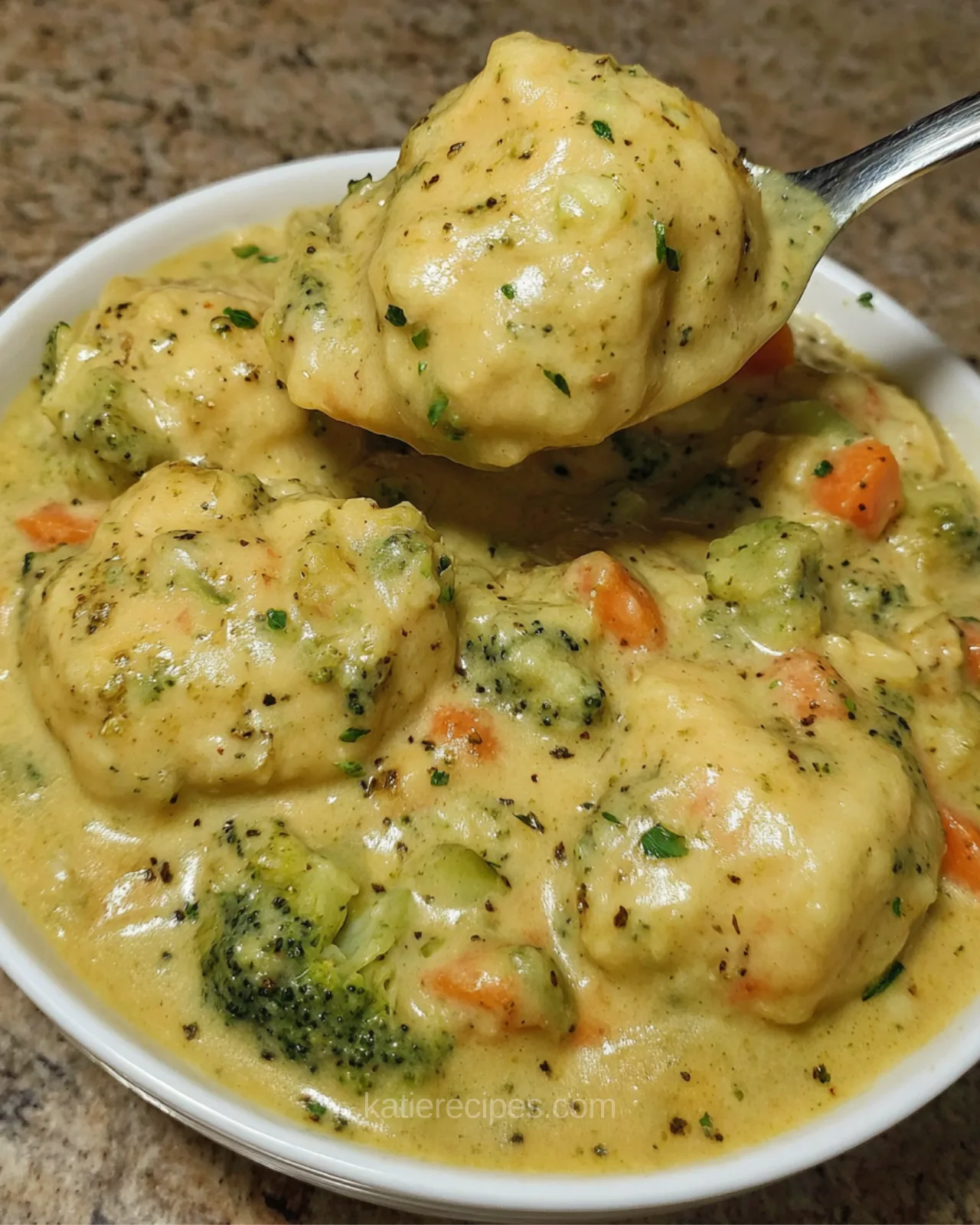Crab is one of the most cherished seafood delicacies, renowned for its sweet and tender meat. Whether you’re hosting a seafood feast or simply craving a delicious dish, knowing the best way to cook crab is essential. But when it comes to cooking crab, the age-old debate remains: Do you bake or boil crab? In this guide, we will explore the pros and cons of each method, offer step-by-step instructions, and help you decide which method is best for you.
For a detailed comparison of different cooking methods for crab, you can also check out this How to Cook Crab Legs guide.
Introduction to Cooking Crab
Crab has been a staple in coastal cuisines around the world, loved for its succulent meat and versatile flavor profile. However, choosing the right cooking method can greatly influence the taste, texture, and overall experience of enjoying crab. So, do you bake or boil crab? The most common methods are baking, boiling, and steaming, each offering unique benefits.
When deciding do you bake or boil crab, it’s important to consider factors such as flavor, texture, and convenience. Both methods can yield delicious results, but the choice often comes down to personal preference and the type of crab you’re preparing. Learn more about the nuances of different cooking techniques with this Boiled Crab Legs Recipe.
Understanding the Different Types of Crab
Before diving into the cooking methods, it’s important to understand the different types of crab available. Each variety of crab has its own characteristics, which can affect how you choose to cook it.
Popular Crab Varieties:
- King Crab: Known for its large size and sweet meat, King Crab is often preferred for its impressive presentation and rich flavor.
- Snow Crab: Smaller than King Crab, Snow Crab has a delicate texture and is easier to crack open.
- Dungeness Crab: Popular on the West Coast, Dungeness Crab is prized for its tender meat and slightly nutty flavor.
- Blue Crab: Found along the Atlantic and Gulf coasts, Blue Crab is smaller but offers a sweet, delicate flavor.
How Crab Type Affects Cooking Method:
- King Crab: Often preferred for baking due to its large size and robust flavor.
- Snow Crab: Ideal for boiling as the smaller size allows for quicker cooking.
- Dungeness Crab: Versatile, can be either baked or boiled depending on preference.
- Blue Crab: Typically boiled, especially in southern-style seafood boils.
Factors to Consider:
- Size: Larger crabs like King Crab may benefit more from baking to enhance their natural flavors.
- Flavor Profile: Boiling can help retain moisture and keep the meat tender, while baking can intensify the crab’s natural sweetness.
Baking vs. Boiling: Key Differences
Now that you’re familiar with the different types of crab, let’s delve into the key differences between baking and boiling. Each method has its own set of advantages, depending on what you’re looking for in your crab dish. Do you bake or boil crab when you want a specific flavor profile or texture?
Flavor Profile
- Baking: Baking crab enhances the natural sweetness of the meat, giving it a slightly roasted flavor. This method is particularly great for King Crab, where the large pieces of meat can be infused with butter, herbs, and spices.
- Boiling: Boiling crab in seasoned water helps the meat absorb the flavors, resulting in a juicy and tender texture. It’s a popular method for seafood boils, where crabs are cooked along with other ingredients like corn, potatoes, and sausages.
Texture
- Baking: Baking results in a firmer texture, which some people prefer as it makes the meat easier to handle. The top layer of the meat can also become slightly crisp, adding an extra dimension to the dish.
- Boiling: Boiling typically results in a softer, more delicate texture, which can be particularly enjoyable when paired with melted butter or a tangy dipping sauce.
Time and Convenience
- Baking: Baking is a bit more time-consuming but requires less active attention once the crab is in the oven. It’s a great option if you want to prepare side dishes while the crab cooks.
- Boiling: Boiling is quicker and more straightforward, making it ideal for larger quantities of crab. It’s also easier to manage in a large pot, especially if you’re cooking for a crowd.
Nutritional Impact
- Baking: Baking preserves more of the crab’s natural oils, which can be healthier depending on the seasonings used. However, if butter and rich sauces are added, it can become a more calorie-dense option.
- Boiling: Boiling is often considered a healthier cooking method since it doesn’t require any added fats. However, some nutrients may leach into the water, particularly if the crab is overcooked.
How to Boil Crab
Boiling is one of the most popular methods for cooking crab, especially in southern-style seafood boils. It’s quick, easy, and allows you to infuse the crab with a variety of flavors.
Step-by-Step Instructions for Boiling Crab:
- Prepare the Pot: Fill a large pot with water, leaving enough room at the top to avoid overflow. Add about 1/4 cup of salt per gallon of water, and bring the water to a rolling boil.
- Season the Water: To enhance the flavor, add seasonings like Old Bay, garlic, lemon halves, and bay leaves to the boiling water.
- Add the Crab: Carefully place the crab into the boiling water. If you’re cooking live crab, ensure they’re fully submerged.
- Boil the Crab: Allow the crab to cook for 10-15 minutes, depending on the size. The crab is done when the shell turns bright red and the meat is opaque.
- Cool and Serve: Remove the crab from the boiling water using tongs, and let it cool slightly before serving.
- Serve with your preferred dipping sauce, lemon wedges, and melted butter
Tips for Perfectly Boiled Crab:
- Don’t Overcook: Overcooking can result in tough, rubbery meat. Stick to the recommended cooking times based on the size of the crab.
- Season Generously: The boiling water should be well-seasoned to impart flavor to the crab meat. Consider adding cayenne pepper or seafood boil mix for a spicy kick.
- Even Cooking: Make sure the crabs are fully submerged in the water to ensure even cooking.
Boiling Variations:
- Seafood Boil: Add ingredients like corn on the cob, potatoes, and sausages to the boiling water for a full meal. This method is popular in Cajun cuisine and is perfect for feeding a crowd.
- Beer Boil: Substitute water with beer for a richer flavor. Darker beers like stouts or ales work particularly well with crab.
How to Bake Crab
Baking is an excellent method for cooking larger crabs like King Crab, where the meat’s natural sweetness can be enhanced through the slow, even heat of the oven.
Step-by-Step Instructions for Baking Crab:
- Preheat the Oven: Preheat your oven to 375°F (190°C). For easier cleanup, line a baking sheet with parchment paper or aluminum foil.
- Prepare the Crab: If using frozen crab, make sure it’s fully thawed. Rinse the crab under cold water and pat dry with paper towels.
- Season the Crab: Brush the crab with melted butter and season with garlic, lemon juice, and your choice of herbs (like dill or parsley). For extra flavor, stuff the cavity with lemon slices and fresh herbs.
- Bake the Crab: Place the crab on the prepared baking sheet and bake for 20-25 minutes, or until the meat is heated through and the shell is a deep red color.
- Serve Immediately: Remove from the oven and serve hot, with additional melted butter and lemon wedges on the side.
Tips for Perfectly Baked Crab:
- Use Fresh Herbs: Fresh herbs like dill, parsley, and thyme can add a burst of flavor that complements the sweetness of the crab meat.
- Don’t Overbake: Overbaking can dry out the crab meat, so keep an eye on the cooking time and check for doneness by lightly pressing the shell.
- Enhance Flavor with Butter: Butter is a key ingredient in baked crab, helping to keep the meat moist and adding richness to the dish.
Baking Variations:
- Broiling: For a crispier texture, finish the crab under the broiler for 2-3 minutes. This method is especially good for King Crab legs.
- Foil-Baked: Wrap the crab in aluminum foil with seasonings and bake for a more intense, steamed effect. This method helps to lock in moisture and flavor.
Steaming Crab: An Alternative Method
Steaming is another popular method for cooking crab, particularly for those who want to retain the crab’s natural flavor and moisture without the added calories of butter or oil.
Overview of Steaming
Steaming crab is a gentle cooking method that uses steam to cook the meat without immersing it in water. This method is often preferred for delicate crab varieties like Snow Crab, where the natural sweetness of the meat can shine through.
Step-by-Step Instructions for Steaming Crab:
- Prepare the Steamer: Fill the bottom of a large pot with about 2 inches of water. Add a splash of vinegar or a few lemon slices for extra flavor. Place a steamer basket or insert into the pot, ensuring it sits above the water level.
- Season the Crab: Season the crab with your choice of spices, or simply add lemon wedges and garlic to the steamer basket.
- Steam the Crab: Bring the water to a boil, then reduce the heat to medium-low. Place the crab in the steamer basket, cover, and steam for 15-20 minutes.
- Check for Doneness: The crab is done when the shell turns bright red and the meat is opaque and tender.
- Serve Hot: Remove the crab from the steamer and serve immediately with melted butter or your favorite dipping sauce.
Advantages of Steaming:
- Retains Moisture: Steaming helps to keep the crab meat moist and tender without the risk of overcooking.
- Less Messy: Unlike boiling, steaming doesn’t require large amounts of water, making it a cleaner and easier method.
- Healthier Option: Steaming doesn’t require any added fats, making it a healthier choice for those watching their calorie intake.
Comparing the Results: Which Method is Best?
Each cooking method—boiling, baking, and steaming—offers its own unique benefits and can yield delicious results depending on your preferences and the type of crab you’re preparing. But do you bake or boil crab to get the best results?
Taste Test Comparison:
- Boiled Crab: Boiling results in tender, juicy meat that absorbs the flavors of the seasonings and cooking liquid. It’s perfect for seafood boils and large gatherings.
- Baked Crab: Baking enhances the natural sweetness of the crab and adds a slightly roasted flavor. This method is ideal for those who enjoy a richer, more complex flavor profile.
- Steamed Crab: Steaming preserves the crab’s natural flavor and moisture, resulting in a pure, unadulterated taste. It’s the go-to method for those who appreciate the delicate nuances of crab meat.
When to Choose Each Method:
- Boiling: Best for large gatherings, seafood boils, and when you want a quick, straightforward cooking method.
- Baking: Ideal for King Crab and when you want to enhance the flavor with butter and herbs.
- Steaming: Perfect for smaller crabs like Snow Crab or when you want a lighter, healthier dish.
Common Mistakes to Avoid:
- Overcooking: Whether you’re boiling, baking, or steaming, overcooking can result in tough, rubbery meat. Stick to the recommended cooking times.
- Underseasoning: Crab meat can be enhanced by the right seasonings, so don’t be afraid to experiment with different flavors.
- Choosing the Wrong Method for the Crab Type: Consider the type of crab you’re cooking when choosing your method to ensure the best results.
Frequently Asked Questions (FAQs) about Cooking Crab
Should crab legs be baked or boiled?
It depends on your preference. Boiling keeps the meat moist and tender, while baking enhances the natural sweetness of the crab and adds a roasted flavor.
How long should I boil crab?
Boil crab for 10-15 minutes, depending on the size. The crab is done when the shell turns bright red and the meat is opaque.
Can you bake crab without pre-cooking it?
Yes, you can bake crab without pre-cooking it. However, make sure to thaw frozen crab fully before baking to ensure even cooking.
What is the best seasoning for boiling crab?
Old Bay seasoning, garlic, lemon, and bay leaves are popular choices for boiling crab. You can also add a seafood boil mix for a spicier flavor.
How do you know when the crab is done?
The crab is done when the shell turns bright red and the meat is opaque and easily pulls away from the shell.
Final Tips for Cooking Crab
Cooking crab can be a rewarding experience, especially when you know the right techniques to bring out the best in this seafood delicacy. Here are a few final tips to ensure your crab dishes are always a hit:
- Choose the Right Method: Consider the type of crab and your flavor preferences when deciding whether to boil, bake, or steam.
- Don’t Skip the Seasoning: Proper seasoning can elevate the flavor of the crab and make your dish truly memorable.
- Experiment with Techniques: Don’t be afraid to try different cooking methods and variations to find your perfect crab dish.
Conclusion
Both baking and boiling are excellent methods for cooking crab, each offering unique benefits depending on the type of crab and the flavor profile you’re aiming for. Whether you prefer the tender, juicy results of boiling or the rich, roasted flavors of baking, the key is to choose the method that best suits your needs and taste preferences. So, do you bake or boil crab? The answer ultimately depends on what you’re looking for in your dish.
By experimenting with different techniques and seasonings, you can create a variety of delicious crab dishes that showcase this seafood delicacy in all its glory. So, whether you’re planning a seafood feast for friends or simply treating yourself to a gourmet meal at home, you now have the knowledge and confidence to cook crab like a pro.
Enjoy your culinary adventure, and may your crab dishes always turn out perfectly cooked and full of flavor!






